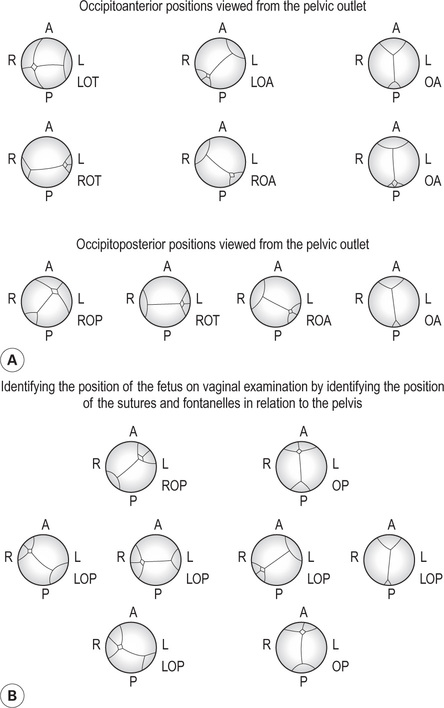vagal pertaining to vagus nerve. vaginismus painful vaginal muscle spasm. vancomycin antibiotic drug used to treat neonatal sepsis. vanishing twin syndrome reabsorption of one twin fetus, usually before 12 weeks, gestation. variance measure of variation seen in set of data. varices enlarged tortuous veins, arteries or lymphatic vessels. Sing varix. vas vessel. Pl vasa. V. deferens tube through which spermatozoa pass from testis to seminal vesicle.
V
![]()
Stay updated, free articles. Join our Telegram channel

Full access? Get Clinical Tree


Nurse Key
Fastest Nurse Insight Engine
Get Clinical Tree app for offline access

